I Just Tried 5G for the First Time: Here’s What It Lets You Do
Wondering just what 5G's faster speeds will mean for your smartphone? We tried out some demos on a working 5G network to find out.
WAILEA, Hawaii — The kickoff of Qualcomm's annual Snapdragon Tech Summit today (Dec. 4) had one clear message: The future of wireless networking is 5G, and the future is now.
"I don't have to ask you anymore to imagine 5G," Qualcomm's Alex Katouzian told summit attendees as he previewed the 5G-ready Snapdragon 855 processor. "It's here. It's all around us."
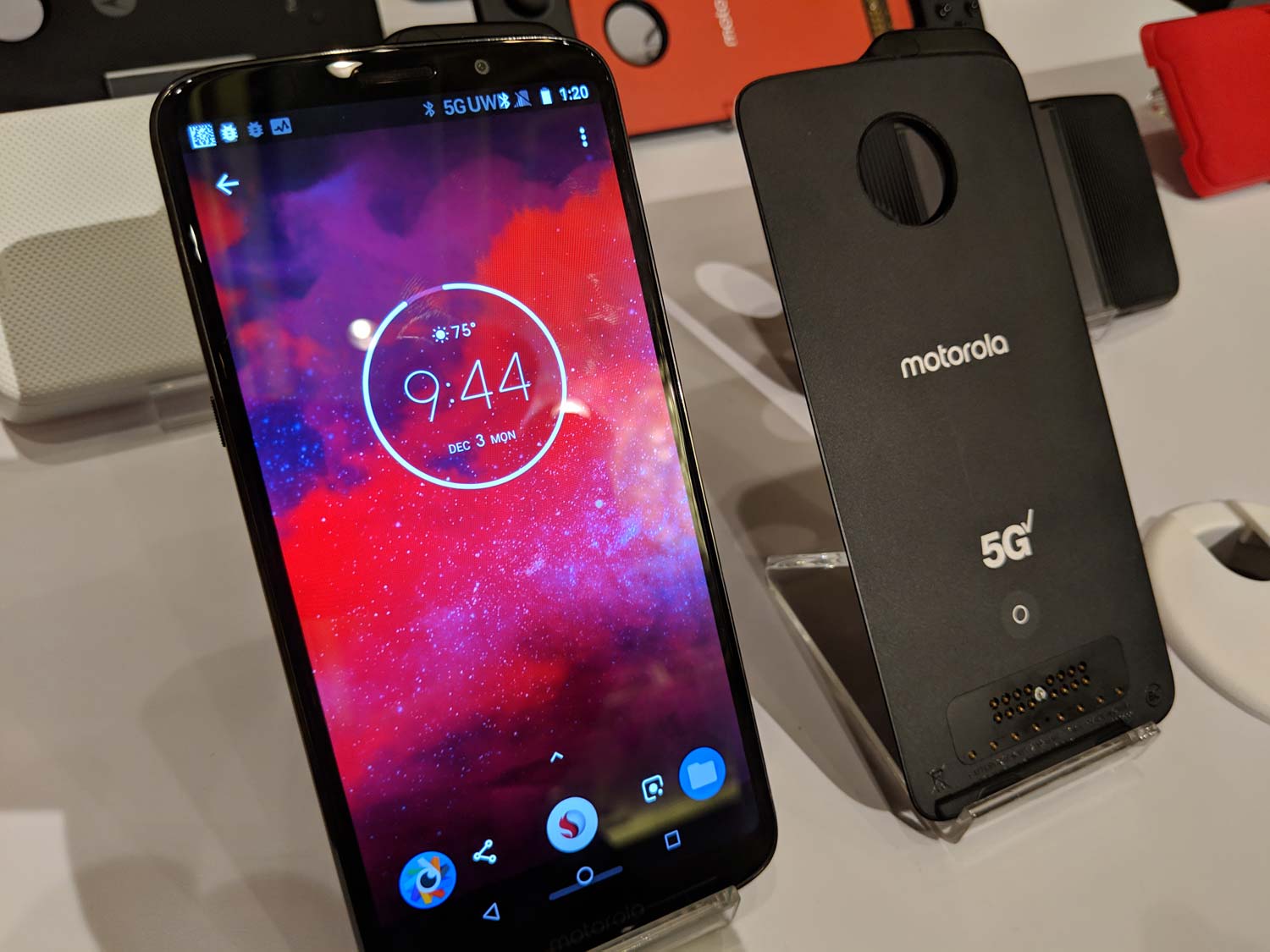
That's a message that may not be landing with smartphone-toting consumers just yet. We've been hearing about the wonders of 5G for several years now, as component makers like Qualcomm and wireless carriers worked in the background to build out the next generation network. Yes, 5G is supposed to deliver faster speeds for our cellular connections — up to 1,000 times faster than LTE potentially — but what does that mean in terms of real-world benefit?
With 5G connectivity scheduled to come online as soon as early 2019 in some places, Qualcomm and its carrier partners are looking to answer that question. The Snapdragon Tech Summit featured two rooms in which AT&T and Verizon created 5G networks. AT&T's featured a some 5G radio towers connected to Netgear Nighthawk 5G Mobile Hotspots — the "5G puck" of legend and song — while Verizon's network featured a 5G base station sending out millimeter wave signals to several devices, from Inseego 5G hotspots to a 5G-capable concept phone built by Samsung.
It wasn't a flawless setting — these networks were built out over a few days as opposed to the years of effort that commercial-ready 5G networks are requiring. That means the speeds in most of the demos I saw didn't approach what's being touted for 5G, something participants readily admitted. Instead, the idea here seems to be showing off what tasks you can perform with 5G compatibility, even if those tasks aren't exactly being pulled off in a real-world setting here.
Buffer-free video
Take Samsung's setup in Verizon's 5G demo network. Live 4K video was streaming across the network to that Samsung-built 5G phone. (No, not the Galaxy S10. The phone here was just a reference model powered by the Snapdragon 855 that Samsung built for demo purposes.) The phone then pushed that stream to a nearby TV where the video appeared without any delay, buffering or dropped frames. To my eye, the picture was indistinguishable from what you'd get with a wired connection.
Sign up to get the BEST of Tom's Guide direct to your inbox.
Get instant access to breaking news, the hottest reviews, great deals and helpful tips.
MORE: The Truth About 5G: What's Coming in 2019
That obviously has big implications for streaming movies on our smartphones, but real-time streaming has implications that go beyond consumers. In another demo, Columbia University showed off how 5G can impact telemedicine — in this example, remote rehabilitation.
In the demo, a doctor and a patient, both of whom were wearing VR headsets, could control a virtual platform connected to two ropes. On the platform was a virtual ball, and the doctor and patient had to raise and lower the platform in concert to keep the ball from rolling off. Believe me after I spent a few minutes on the exercise — your upper body gets a bit of workout doing this, which is why it's designed as a physical rehab exercise.
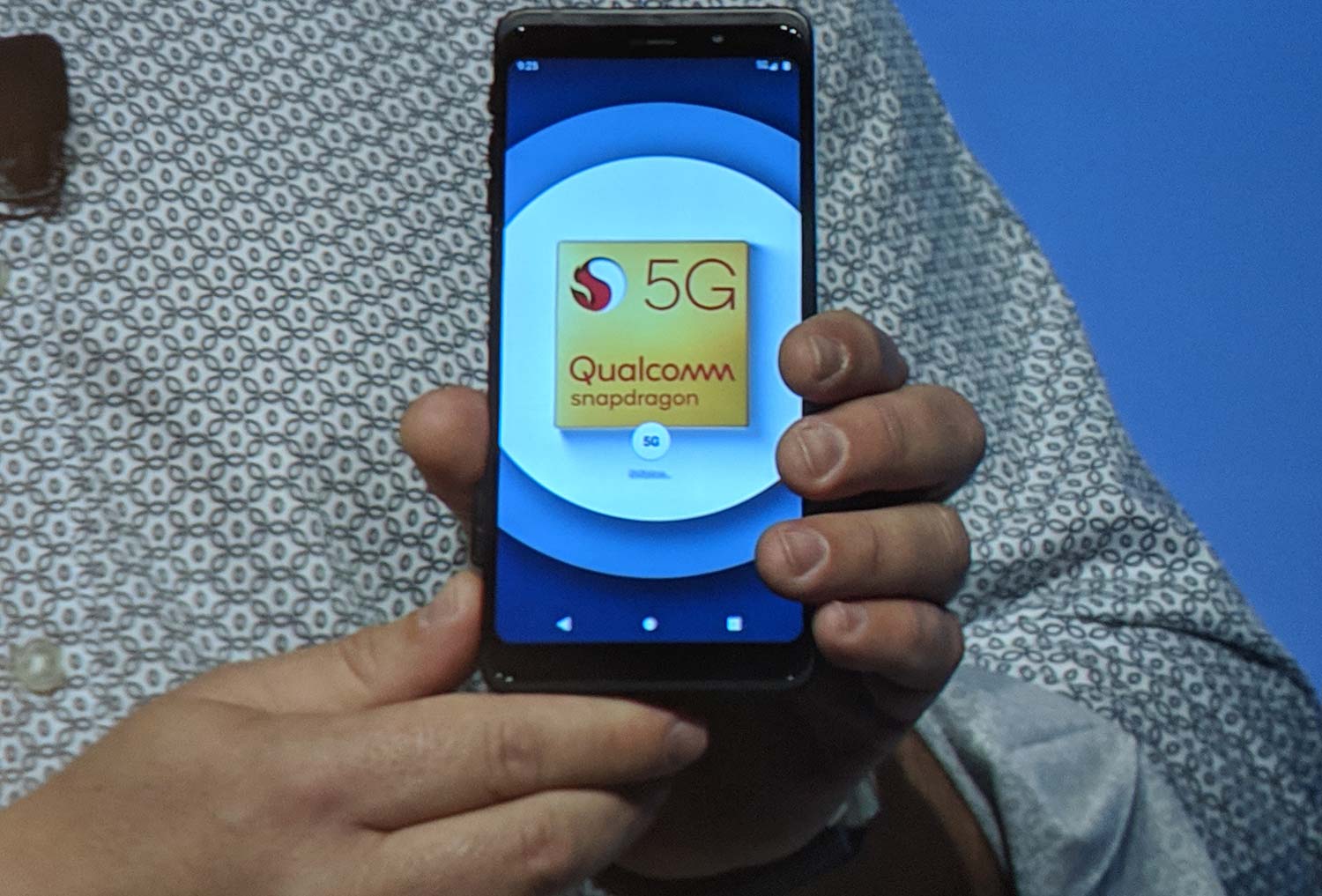
Here's where the 5G comes in: my session was being beamed across the high-speed network via a 5G hotspot built for Verizon by Inseego. As with the other video demo, there was no lag in the video: when the person on the other end of the connection lifted their part of the platform, I saw it happen almost instantaneously. That kind of responsiveness means that doctors will be able to help patients with rehab exercises, even if they're not in the same room.
Faster downloads
The faster speeds of 5G networking also mean faster download times, something Motorola was on hand to demonstrate with its upcoming 5G Moto Mod. Motorola first unveiled this 5G accessory back in August alongside the Moto Z3, but this was the first time we've seen it demoed when the mod was actually attached to Motorola's phone.
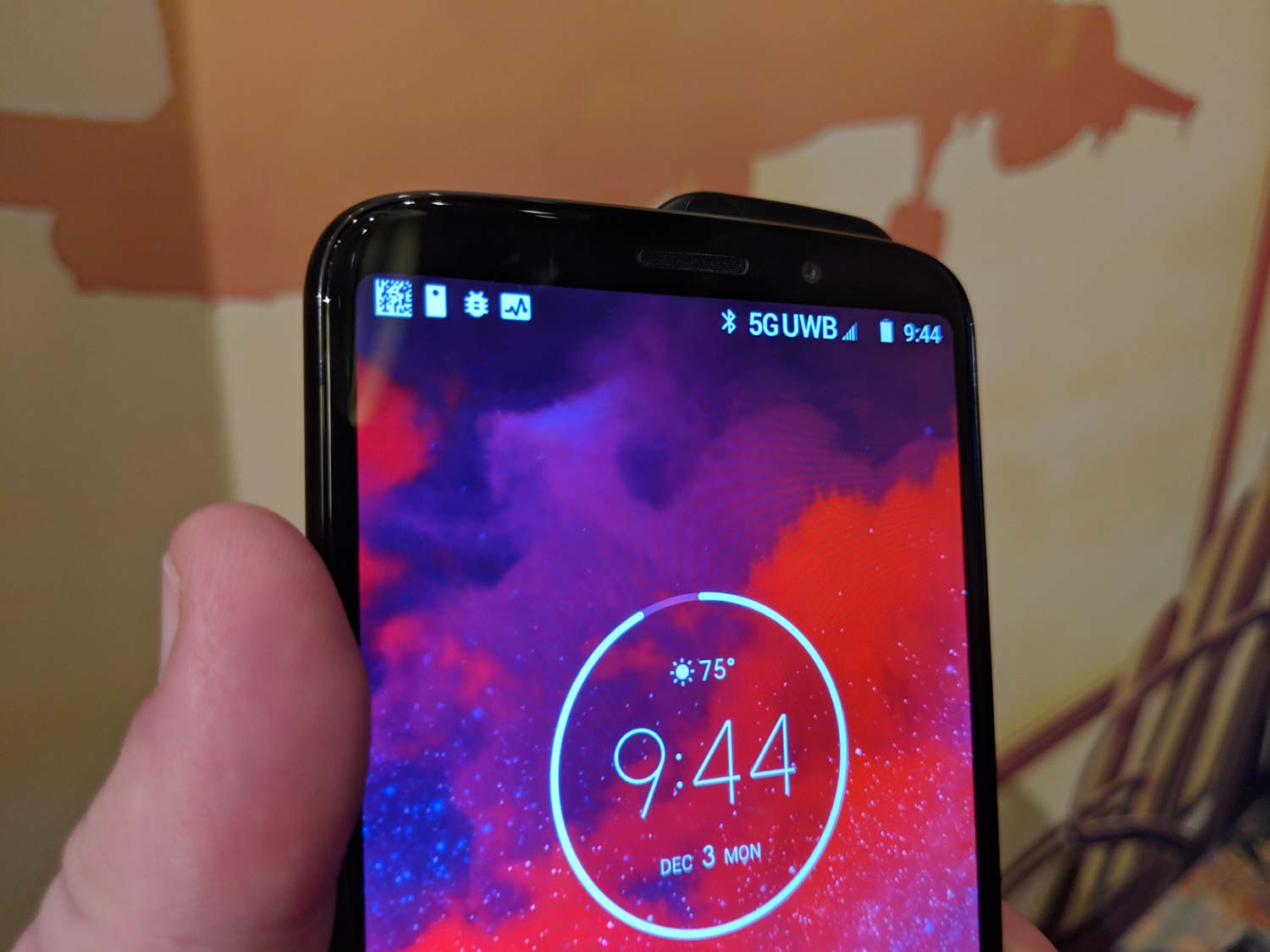
Attach the 5G Moto Mod to the back of the Z3, and the network displayed on the phone's screen changes to 5GUWB if it detects a 5G network like the one Verizon set up at Qualcomm's tech summit; from that point on, the phone acts as if it's a 5G device, reaping the benefits of faster data speeds. In this case, the Moto Mod-equipped Z3 could download a 1GB file in 17 seconds. Motorla stressed that this was on a pre-commercial network; on a fully deployed 5G network, the download would be done in a few seconds.
The 5G Moto Mod ships in early 2019 as an add-on for the Moto Z3, which Verizon offers exclusively. There's no price set yet on the Moto Mod.
Handle large files with ease
Over in AT&T's demo network, the carrier was showcasing how 5G can handle volumetric video, where an entire 3D space is captured. That's a lot of data to handle even when it comes just transferring the video, but AT&T's network was up to the task in a virtual reality video where musician Trombone Shorty appeared all around me, talking about his musical upbringing in New Orleans.
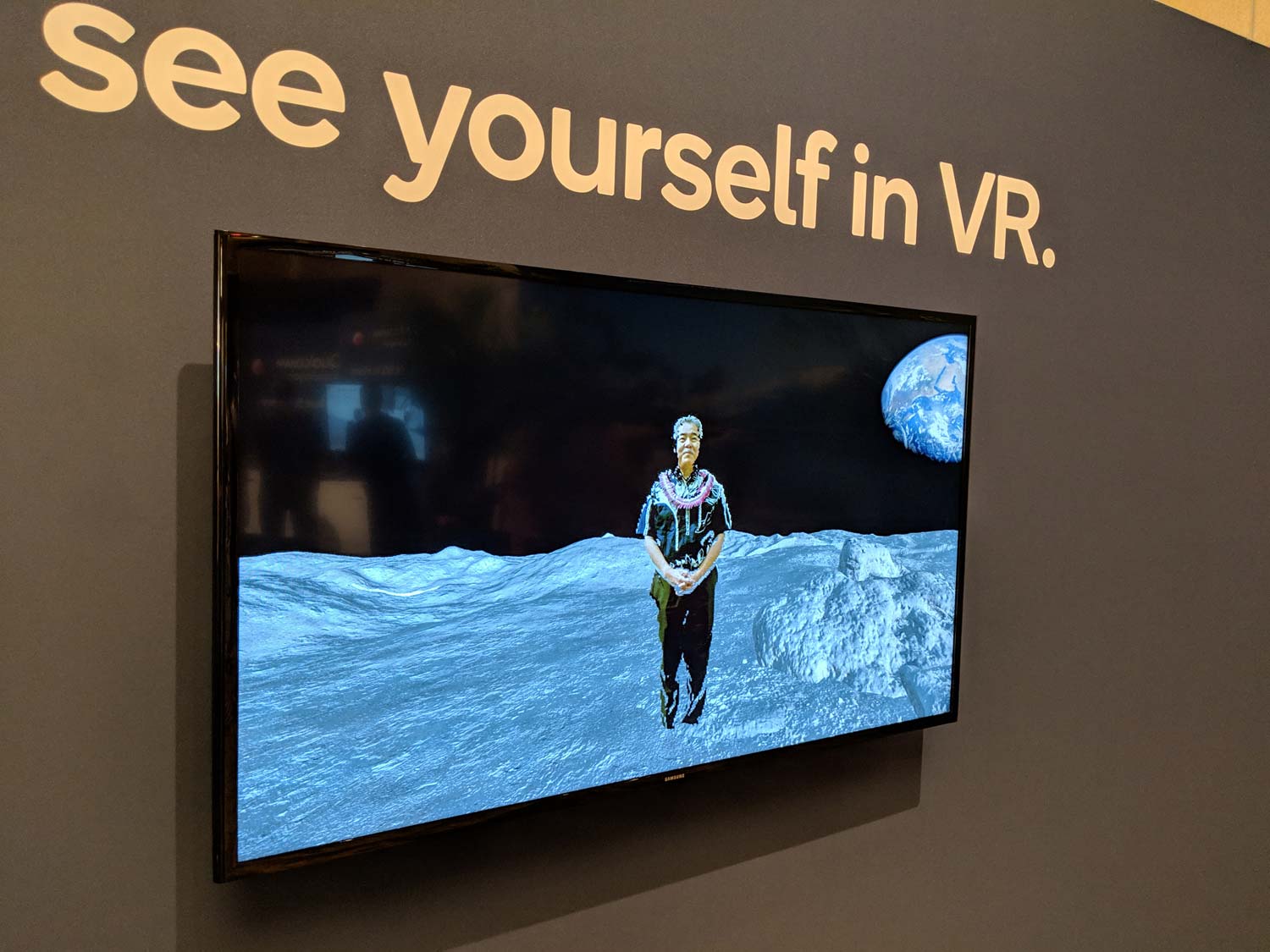
More impressively, AT&T's demo was able to capture a volumetric video of me — a short 20-second clip where I was filmed by four cameras. The cameras didn't capture every part of my body — chalk that up to the vagaries of having to hustle a bunch of different tech reporters into a demo without taking the time to perfectly calibrate each camera — but I was still impressed with how quickly the 5G network was able to take in that large file, plop it onto a background, and then stream everything to a nearby Vive Focus headset.
A final AT&T demo illustrated how 5G networking could have a role in either the classroom or at museums. Dubbed AR Voyager, it downloaded a 3D environment onto a phone — in this case, a view of the Grand Canyon. After I scanned the room to give the AR Voyager app a sense of the dimensions, I could then turn my phone in a window onto the scene, with the Grand Canyon appearing on the display and adjusting my view in real time as I walked around the room. I could even use the phone's front-camera to create a kind of virtual selfie where a video of me appeared was superimposed on the background. It seems like a great of way of touring far-off places or ancient sites without having to leave a classroom or exhibit hall.
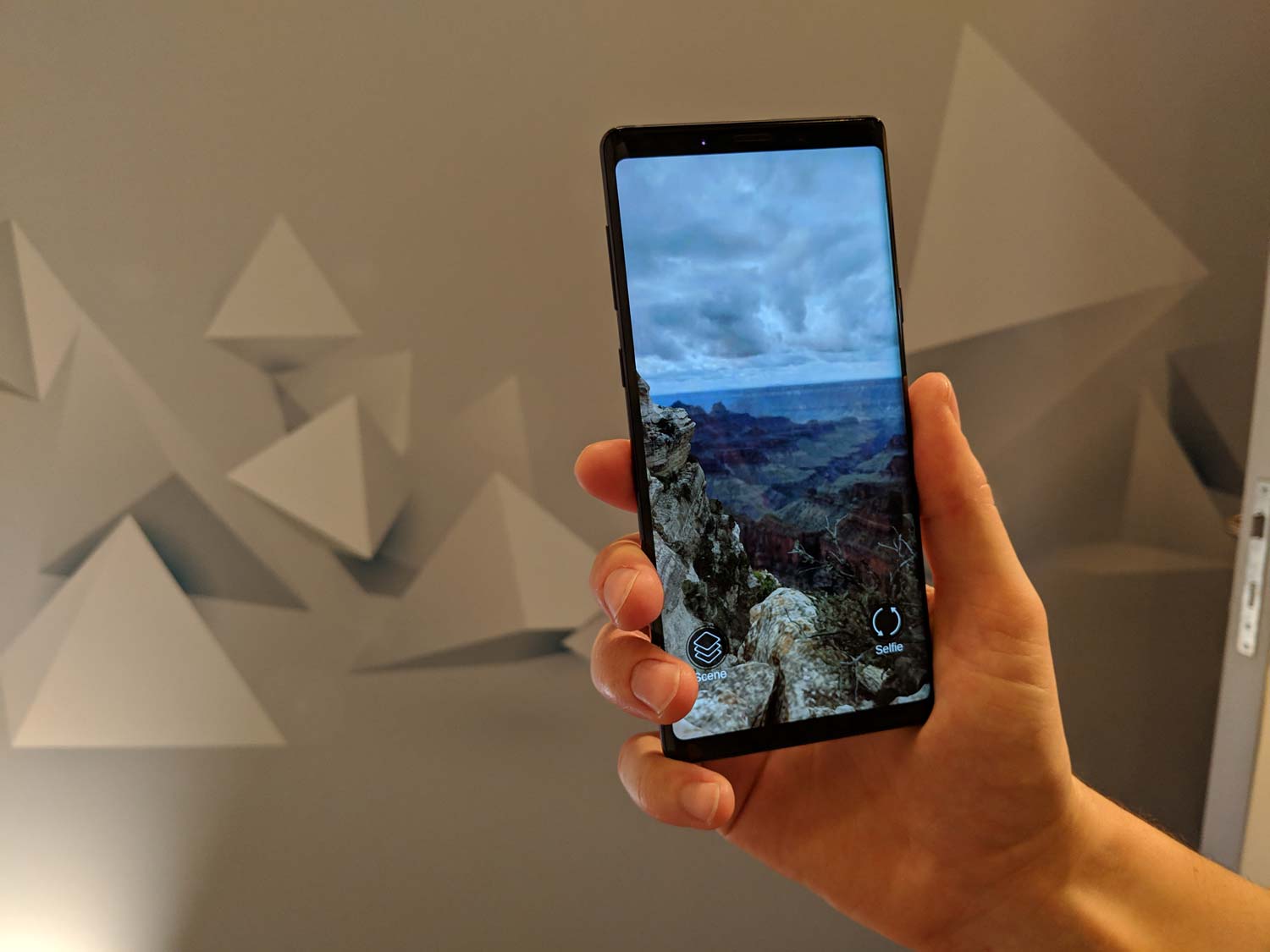
One question that's still unclear after all these 5G demos, though: just what will all this faster data mean for our wireless plans. Even if you have an unlimited data plan, carriers currently throttle your speeds if you go over a set amount of data each month — something you can quickly do if you're downloading lots of big files or live-streaming 4K video.
Asked about the implications of 5G on data plans on pricing during a panel discussion at Qualcomm's tech summit, representatives of AT&T and Verizon didn't provide any clear guidance on what to expect. It seems like that's a question we're more likely to have answered as we get closer to 5G's launch next year.
Image Credits: Tom's Guide
Philip Michaels is a Managing Editor at Tom's Guide. He's been covering personal technology since 1999 and was in the building when Steve Jobs showed off the iPhone for the first time. He's been evaluating smartphones since that first iPhone debuted in 2007, and he's been following phone carriers and smartphone plans since 2015. He has strong opinions about Apple, the Oakland Athletics, old movies and proper butchery techniques. Follow him at @PhilipMichaels.

